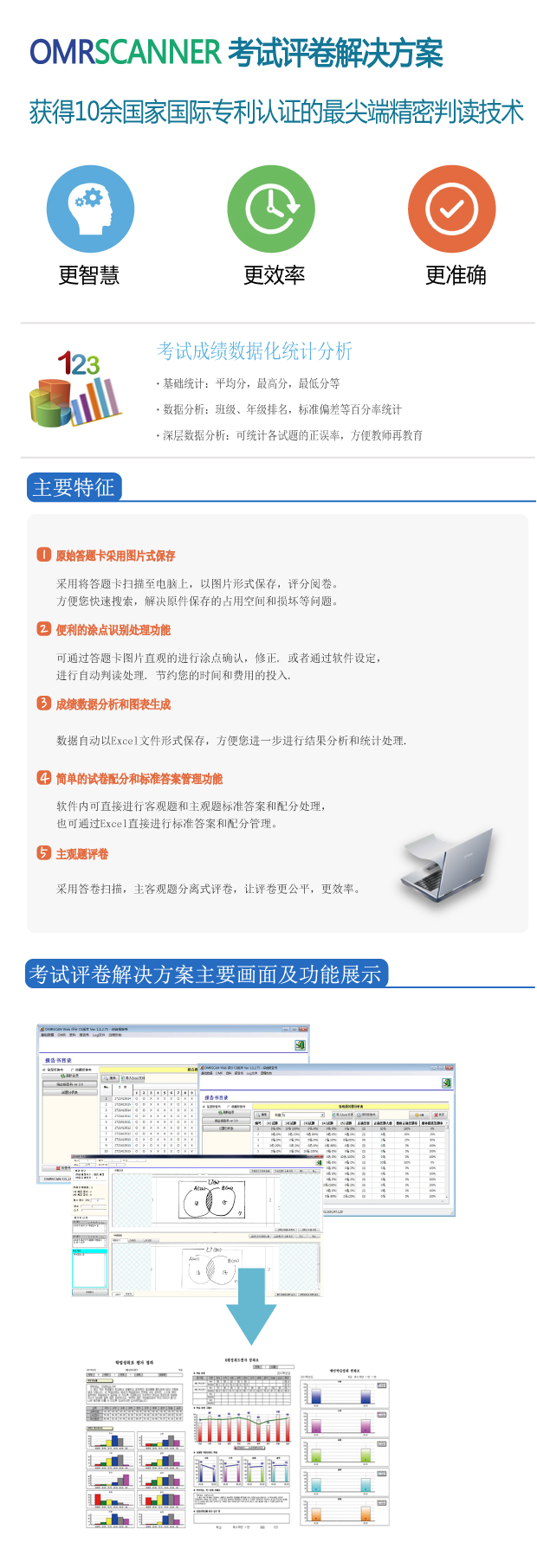
Anketirovanie Sotrudnikov Primer
Abstract This article aims to analyze the psychometric properties of the Russian version of the Utrecht Work Engagement Scale (UWES-9) by using a sample of 1783 employees of a large Russian organization. We conducted a series of Confirmatory Factor Analysis (CFA) tests of the factorial structure and the configural, metric, scalar, factor variance, factor covariance, and factor means invariances of the model across gender and age groups. The validity of the Russian version of the UWES-9 was investigated by study- ing its relationship with burnout, job satisfaction, life satisfaction, and turnover inten- tion. The CFA showed that both the 1-factor and the 3-factor models of the UWES-9 fit well with the data, but the 3-factor model demonstrates a significantly better fit. However, the differences are minor; therefore, in practical terms, the models are iden- tical.
Primers and probes used in the comprehensive panel of real-time PCR tests Samples with a positive adenovirus PCR with a C T value of. Add the leading solution to find professional email addresses to your toolkit. Hunter is already trusted by more than 1,000,000 professionals to build more connections and grow their business.
Thus the Russian version of the UWES-9 can be used both as a three-scale mea- surement and as a single scale of work engagement. Results from the multi-group CFA provided evidence of factorial invariance of the 3-factor model across gender and age groups.
Internal consistencies of the vigor, dedication, and absorption subscales are acceptable. The results also suggested the convergent, discriminant, and incremental validity of the UWES-9, as shown by its relationship with burnout, job satisfaction, life satisfaction, and turnover intention. The article also discusses the differences in levels of work engagement within different gender and age groups. Overall, the results show that the Russian version of the UWES-9 demonstrates acceptable psychometric properties comparable with the original version and those in other languages. The Russian version of the UWES-9 can therefore be recommended for use in research and practice.
Molecular DNA-based diagnostics are increasingly being used for diagnosis of viral infections. Download the cool lupe fiasco free. For enteric viruses, PCR assays have also been developed. The aims of this study were to compile and evaluate a comprehensive panel of PCR assays for diagnosis of viruses causing diarrheal disease and to evaluate its use in a largely pediatric population in a 750-bed university medical center. The PCR panel was designed to include assays for detection of adenovirus, astrovirus, enterovirus, norovirus, parechovirus, rotavirus, and sapovirus. The results of the PCR panel were evaluated in relation to conventional viral diagnostics consisting of viral culture and/or rotavirus and adenovirus rapid antigen tests on samples that were taken for routine diagnostics.
Comparing conventional with PCR-based testing, the number of viruses detected increased dramatically from 25 to 106 when PCR assays were used. This increase was due mainly to detection of previously undetected viruses, i.e., astrovirus, norovirus, and sapovirus. In 24% of the samples, norovirus was detected. Also, the lower detection limit of PCR-based adenovirus, enterovirus, parechovirus, and rotavirus diagnostics further increased the detection rate. By focusing on samples from patients with complaints of gastroenteritis, detection of a causative agent was increased from 49% by conventional tests to 97% by molecular diagnostics. However, many samples containing low viral loads were found in patients with complaints other than intestinal complaints. In conclusion, the proposed comprehensive PCR panel with appropriate cutoff values can be used for sensitive, rapid, and clinically relevant diagnosis of gastrointestinal viruses.